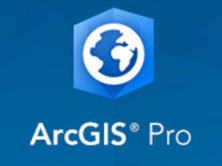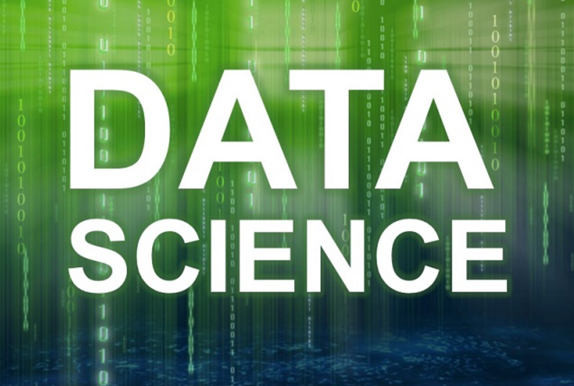
Why the Future Looks Bright for Data Scientists
A recent study from job site Glassdoor showed that data scientist is currently the best job to apply for, offering a median base salary of $110,000 and job satisfaction of 4.4 out of 5. Let´s have a look at the different types of data scientists and the required...
What’s New in ArcGIS Pro 2.1
Esri has released ArcGIS Pro 2.1. This is a major release, and ArcGIS Pro 2.1 continues the trend of moving closer to parity with ArcMap and ArcCatalog as far as available tools and functionality. Because ArcGIS Pro is a native 64-bit application (ArcMap and...
March Sale – Buy 1 Get 1 Free – ArcGIS Pro Classes
Our March sale is a “Buy 1 – Get 1 Free” on the self-paced version of our ArcGIS Pro classes. When you buy Learning ArcGIS Pro 1: Fundamentals we’ll also give you free access to our Introduction to Programming ArcGIS Pro with Python class or...
Glassdoor Ranks Data Scientist #1 Job in America
Glassdoor, one of the fastest growing job and recruiting sites, recently rated Data Scientist as the #1 job in America based on number of job openings, salary, and overall job satisfaction. Geospatial Training Services offers a number of classes to help you get up to...
